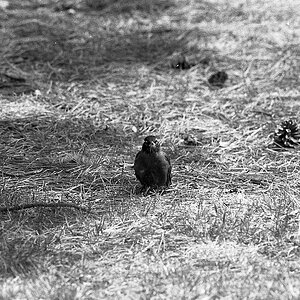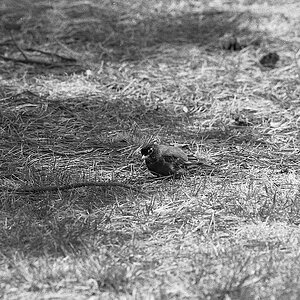PNA
TPF Noob!
- Joined
- Mar 12, 2006
- Messages
- 2,771
- Reaction score
- 7
- Location
- Wave when you see me go by.....
- Can others edit my Photos
- Photos OK to edit
I have several videos in the .AVI format taken with Canon PowerShot A60 and would love to pull out individual shots for processing.
Anyone with suggestion, please???? :er:
Anyone with suggestion, please???? :er:



![[No title]](/data/xfmg/thumbnail/39/39509-3c2c5856429b4b8ff3cf44cd3b2afa8c.jpg?1619739064)

![[No title]](/data/xfmg/thumbnail/41/41756-e54235f9fba04c8380cd991845bb84b1.jpg?1619739881)


![[No title]](/data/xfmg/thumbnail/41/41779-303c41fcb3e37507cbe986d76dbfcf85.jpg?1619739890)

![[No title]](/data/xfmg/thumbnail/38/38736-5bc266b035e23faf5ad942bdd97466a8.jpg?1619738703)
![[No title]](/data/xfmg/thumbnail/41/41780-5efe87aed04575de7c09b065d70763ae.jpg?1619739890)